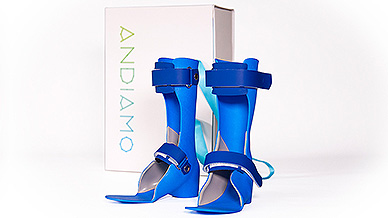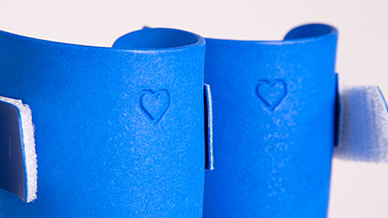Revolutionizing the Children's Orthotics Industry
The traditional way to make an orthosis (an externally worn support brace to assist body movement) for a child can be a lengthy and difficult process for the entire family. On a first appointment, the limb or torso is wrapped in plaster which can be an unpleasant, messy and traumatizing procedure, especially for children who are not able to communicate. The plaster is then cut off and sent for fabrication where the orthotic device is hand-manufactured based on the plaster mould.
Due to the handmade nature of the products and the relatively small number of medical specialists available to manufacture them, a wait of several months for the final brace is the norm – and even then there is no guarantee of a good fit as the child continues to grow since the plaster mould was made. An Ill-fitting orthosis can result in all kinds of negative scenarios:
- If the device doesn’t fit then it won’t be worn so there is no health benefit realized.
- A bad fit can result in bruising, torn skin and continued pain and discomfort felt by the child.
- The child and consequently the entire family needs to attend further appointments to make revisions to the device, incurring travel costs and time off work and school.
Following the experiences of needing orthoses for their own son, Naveed and Samiya Parvez saw potential in the mass customization benefits of 3D printing as a possible solution to the problem of poorly fitting, slow to deliver devices. Together they founded Andiamo, a London based start-up company aiming to revolutionize the children’s orthotics industry.
Andiamo‘s process does away with the need for plaster casts, instead starting with a digital 3D scan of the body, creating a highly accurate model to start designing around.
“3D scanning is less invasive and more accurate than the traditional method – and it takes only 5 to 10 minutes.“ said Samiya.”



